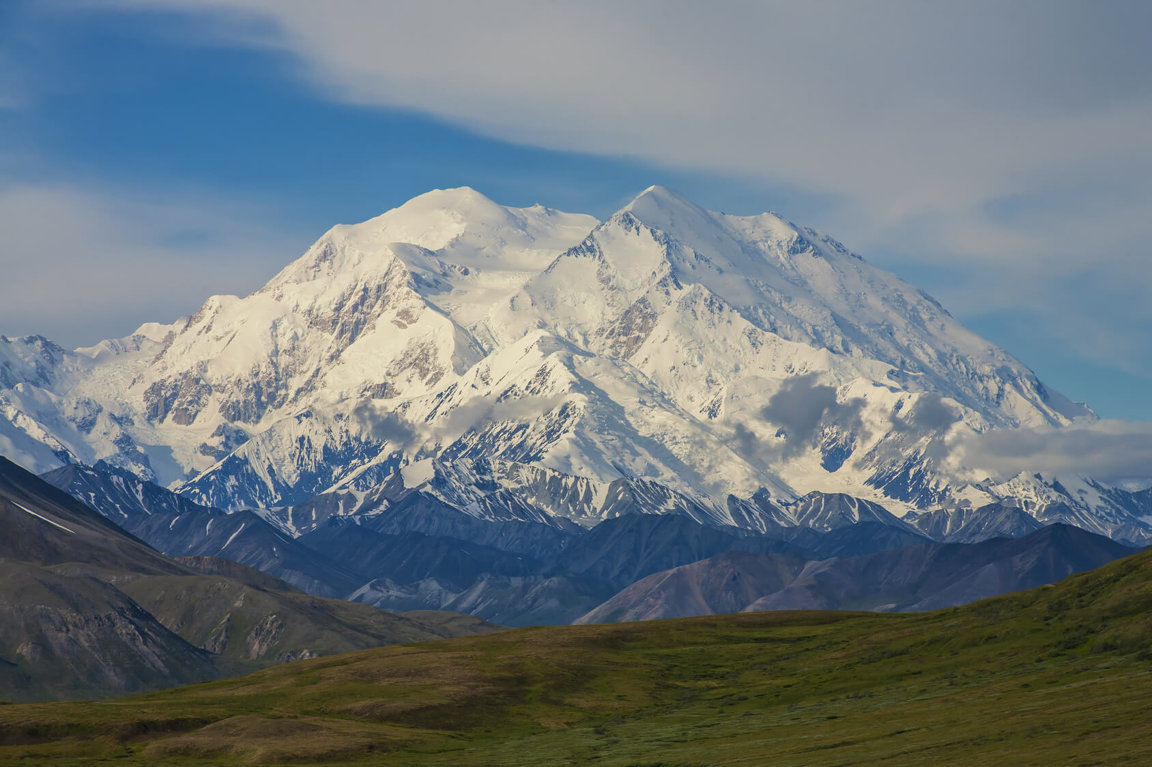 Tundra
Tundra
Tundra is a cold habitat with long winters, low temperatures, permafrost soils, short vegetation, brief growing seasons and little drainage. The Alpine tundra exists on mountains around the planet at elevations above the tree line. The Arctic tundra is near the North Pole, extending southward to where coniferous forests grow.● Arctic tundra in the Northern Hemisphere is between the North Pole and the boreal forest. In the Southern Hemisphere it exists on remote islands off the coast of Antarctica and on the Antarctic peninsula. The Arctic and Antarctic tundra are home to over 1,700 species of plants including grasses, mosses, sedges, lichens and shrubs.
● Alpine tundra is a high-altitude ecosystem located on mountains around the earth at elevations above the tree line. Alpine tundra soils are well drained compared to tundra soils. Alpine tundra is home to small shrubs, dwarf trees, tussock grasses and heaths.
The tundra is home to the arctic fox, wolverines, polar bears, northern bog lemmings, muskox, arctic terns, muskoxen and snow buntings.
Tundra are the coldest areas on the planet and are quite different from every other habitat on earth. During the summer, the days receive 24 hours of sun. During the winter, the sun is almost absent entirely. Animals of the polar regions are adapted to frigid temperatures, often with thick layers of fat or blubber to insulate their bodies.
The two main polar regions are the Arctic and the Antarctic. The Arctic Circle and Arctic Tundra are located at the North Pole and stretch 5 million square miles to the top of the Northern Hemisphere. The Antarctic is located at the South Pole. While the animals differ greatly at each pole, the polar regions are similar environments.
The Arctic is an ice continent floating on the ocean. The Antarctic is a rocky continent that is covered in ice. Little rainfall occurs in the polar regions, and there is very little water in the air. The Arctic is connected to Canada and Europe, so more plant and animal species are found there. The Antarctic is completely isolated from other land masses, so fewer plants and animals are found there. The Arctic Circle also features warmer springs and summers, encouraging the growth of plants. Herbivorous animals are attracted to feed on the plants and grasses.
1,700 species of plants and 48 species of land mammals are known to live in the tundra. Millions of birds also migrate there each year for the marshes. Few frogs or lizards live in the tundra. Foxes, lemmings, Arctic hares and Arctic owls live in the tundra. Wolves are the top predators. Polar bears dominate the frozen waters. Seals, sea lions, orcas, whales, walruses and narwhals feed on fish in the Arctic Circle.
In Antarctica, no plants grow on the surface so animals live on carnivorous diets. Numerous species of fish, crustacean and mollusc are found in the waters beneath the ice for birds and mammals to feed on. Penguins are the most common animal. Larger predators include leopard seals, orcas and whales.
Changes in the climate are the biggest threat to polar regions. Increasing temperatures can cause the ice to melt, threatening habitats. The Antarctic Treaty of 1961 prevents Antarctica from being commercially exploited. The Arctic is not protected where mining for oil and minerals, over-fishing and hunting threatens species and habitats.